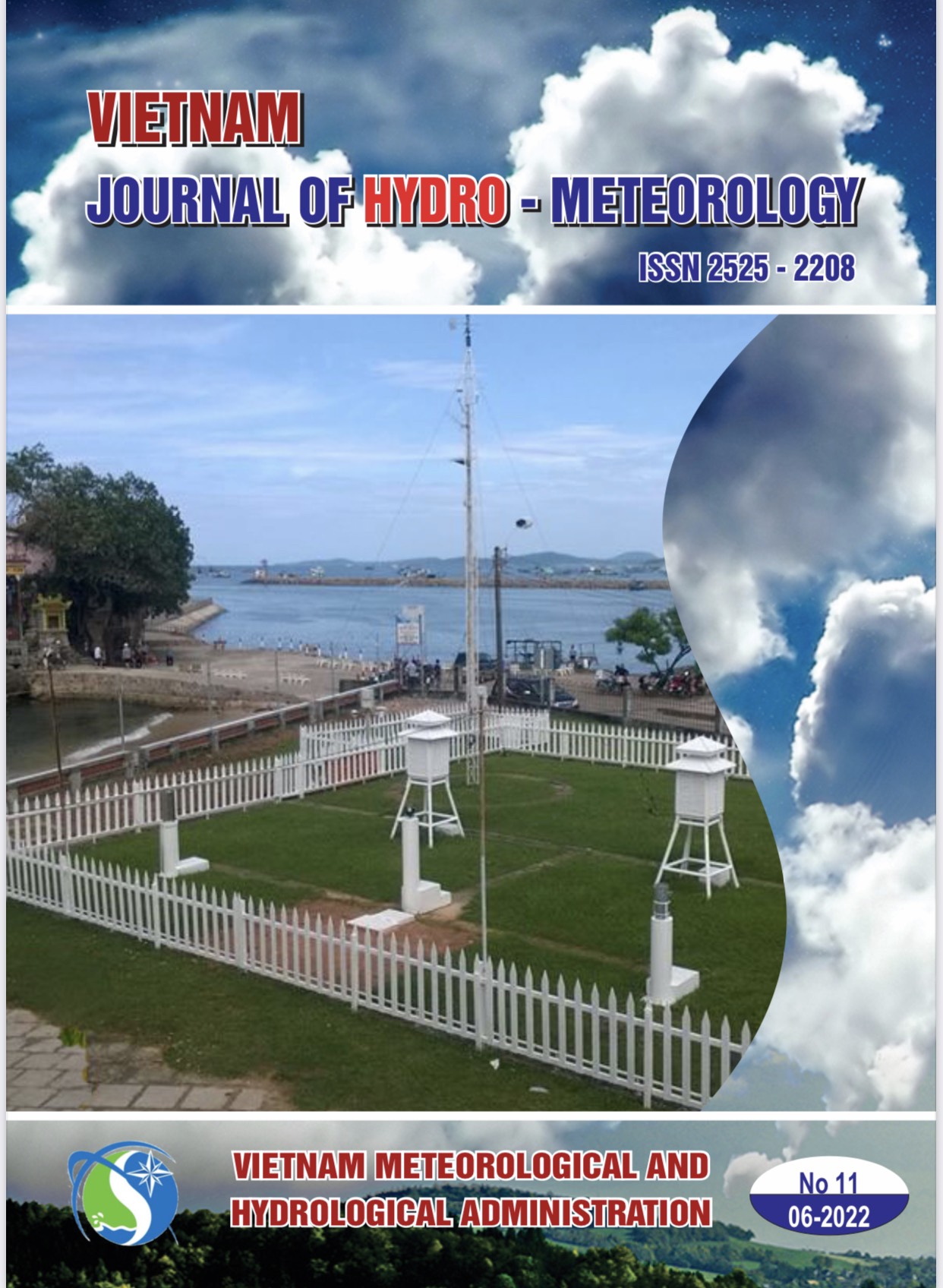Soil topography index and SCS – curve number approach in identifying hot spots of runoff potential areas
Tóm tắt
Runoff reduction is the goal of soil and water conservation in agricultural watersheds. Through the runoff, many substances of soil such as sediment, nutrients have been eroded to end up in streams, rivers, and lakes. In decades, studies have revealed various mitigation, including structure and non–structure conservation ranging from field scale to watershed scale. However, the challenges for effectiveness improvement have increased in recent years within the impacts of anthropogenic activities such as land use land cover change and fluctuation in weather conditions. As a result, the runoff generation has been changing in both terms of quantitative and variable sources areas of runoff generation. From the understanding of runoff generation mechanisms, including infiltration excess and saturation excess, this study was conducted with the objective to propose an application of the Soil Topographic Index (STI) and the Soil Conservation Service Curve Number (SCS–CN) in identifying the areas with high runoff propensity. The method utilized GIS–based indices to indicate the high runoff potential areas. The ranking maps were evaluated by Wilcoxon rank sum test and Getis–Ord Gi* spatial statistics. Results demonstrated that there was a statistical significance of the greater STI in inundated cultivation than STI in cultivation areas. However, STI values were not statistically significant in pasture areas. Alternatively, the combination of STI and SCS–CN detected the statistical significance between calculated indices and inundated observed areas. In conclusion, the combination between STI and SCS–CN values is a potential method in redefining runoff generation hot spots.

